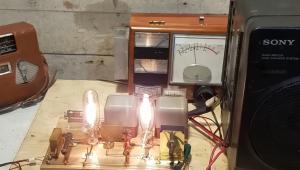The other factor I think you don't mention is that 3D on the small screen doesn't have the same "wow" factor as on the big screen. In a theater, where the screen dominates your view, the 3D can be immersive and cool. On a smaller home screen, your view also includes the wall, your feet (if reclining), etc. The "stuff popping out of the screen" just isn't the same.
I think the other thing that killed it was the expense and proprietary nature of the different systems. Most of the sets used active glasses that were/are proprietary and were $100 each. Most sets only came with one or two sets of glasses, if any. Want to have a family movie night with your spouse and 2 or 3 kids? Please pony up several more hundred dollars.
I wonder if 3D could sort of be saved by essentially giving up control. For the set designs that use active glasses, I have to imagine the costs of including 3D are pretty small. The software for displaying the images is already developed and the transmitter that sends the timing signals to the glasses cannot be that expensive. The manufacturers could standardize the timing signals so that any pair of active glasses could be used and turn the glasses industry over to 3rd party vendors.
































































